Sariska National Park is a wildlife preserve as well as a Tiger Reserve, nestled in the Alwar district of Rajasthan. The park is sprawled over an area of 881 square kilometres. Earlier in the days, the area was dedicated to hunting.
The park is among the most visited National Parks of India due to a wide variety of attractions served by the park, that includes ancient temples, forts, surreal vistas and not to mention, the utter beauty of wildlife.
Fascinatingly, Sariska National Park is the first reserve in the world that successfully relocated tigers. Which has given the park international recognition as well.
The park is known for its rich vegetation of Flora specieswhich is therefore a diverse habitat for an array of Fauna species.Features of the park includesTropical, Dry and Deciduous forests, grasslands and rocky hills. Trees such as Salar, Dhak, Gol, Ber, Arjun, Bamboo, Khair and numerous more to the list.
Fauna species of Sariska National Park other than Tigers includes Sloth Bear, Indian Leopards, Wild Boar, Golden jackal, Nilgai, Sambar Deer, Chital, Striped Hyena and plethora of others.
Additionally, as of 2024, Sariska Tiger Reserve houses a total population of 43 tigers. Interestingly, the number was 40 earlier this year but one of the female tigers residing in the park gave birth to three cubs.
This number has been constantly increasing ever since early 2000s, when there was a rapiddeclination of tiger population due to poaching as well a habitat loss.
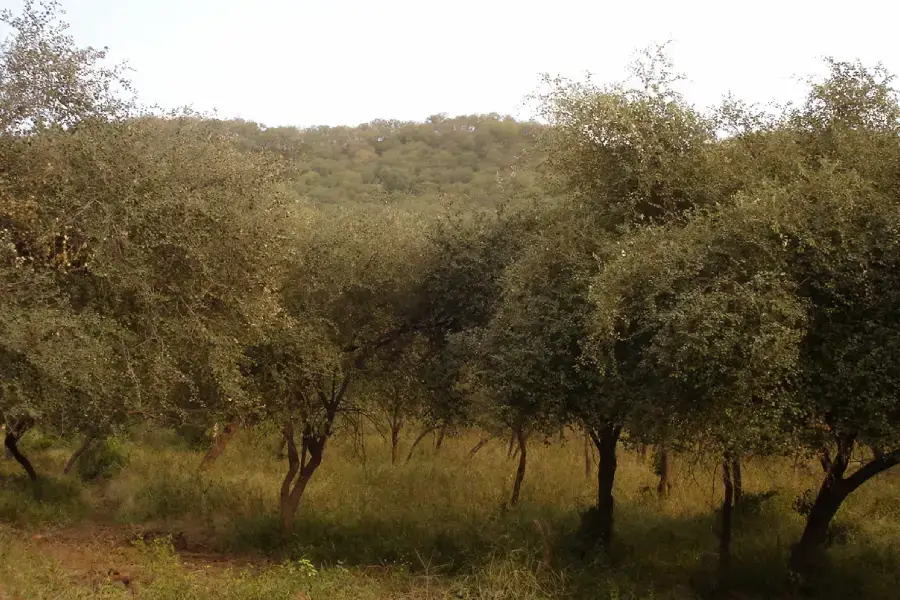
Sariska National Park has a rich history wrapped around it in terms of wildlife conservation and being a cultural heritage.
Back in the past, the park used to be the official hunting ground for the royal families of Alwar dating back before independence.
Talking about the declaration and recalling of this wildlife facility;
Talking about the recent history of Tiger Conservation/Relocation.
Conditions has been improving since then and till date, as per the collaborations among authorities as well as launching initiatives like Project Tiger in order to conserve tiger population and the wildlife overall.
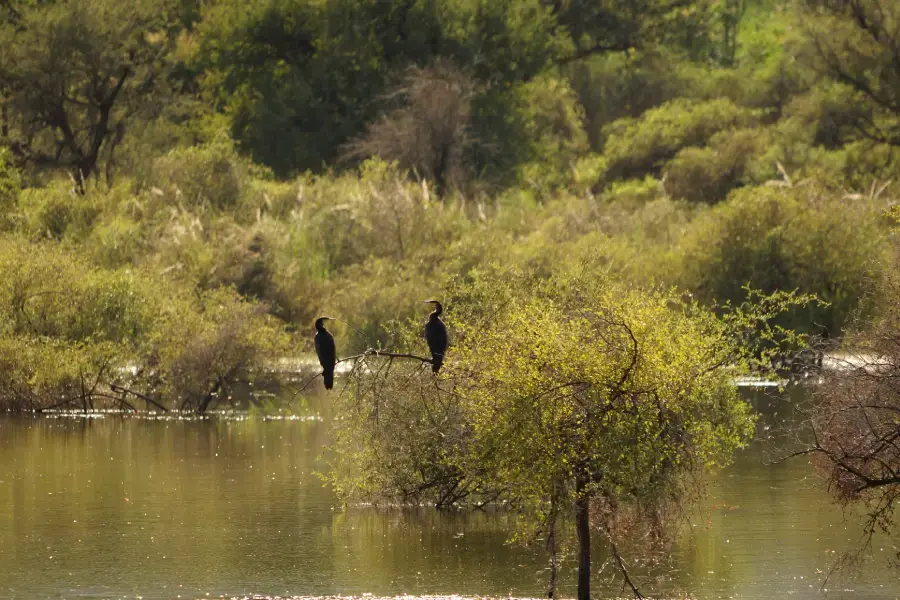
Sariska National Park is characterised by an array of Flora species, some of the primary ones among trees, shrubs, medicinal and flowering plants are as follows:
Plethora of Trees of the park include Salar, Dhak, Gol, Ber, Arjun, Bamboo, Khair, Dodh and many others.
Shrubs such as Kair, Adusta, Babul, Jha ber, Lantana Camara, Khejri and various others.
Herbs that include Aloe Vera, Mint, Ginger, Fennel, Dill, Wild Turmeric, Brahmi, Ashwagandha, Wild Spinach, Chamomile and many more.
Flowering plants of the region includes Marigold, Gulmohar, Lotus, Hibiscus, Wild jasmine, Wild Orchid and numerous more.
Basically, Sariska National Park is a blend of vibrant flowering plants, herbs that has medicinal properties, various shrubs as well as trees and forests that helps the residing animals/mammals with food and shelter.
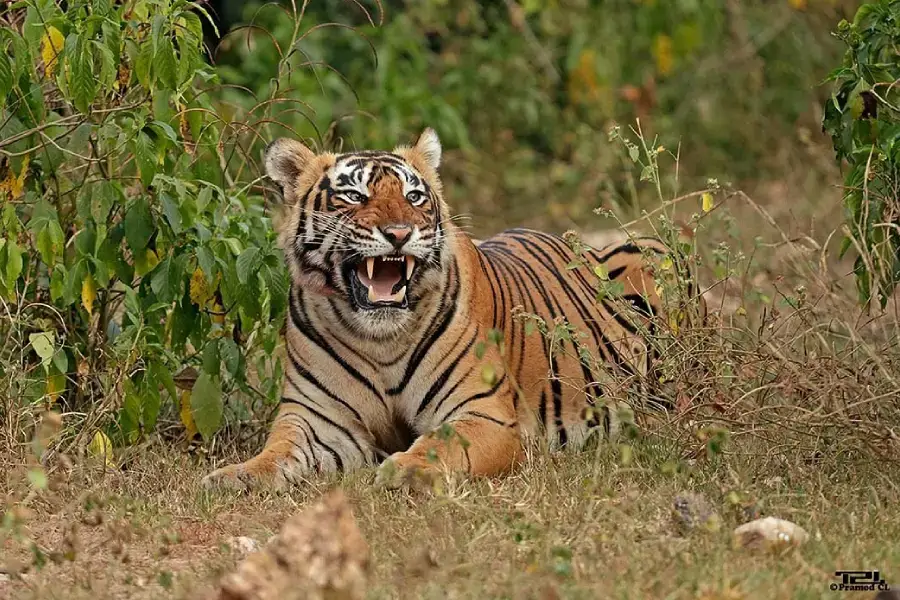
Sariska National Park boasts a considerable amount of Fauna species that includes animals, mammals, reptiles and birds.As the title of the park suggests, Sariska Tiger Reserve is primarily known for housing Tigers.
Apart from tigers, other wild animals in Sariska Tiger Reserveincludes, Leopards, Rhesus monkeys, Langurs, Sambar deer, Nilgai, Chital, Jackals, Wild boar, Hyena, Jungle cat among many others.
Bird species such as peafowl, grey partridge, bush quail, Indian horned owl, tree pie, sand grouse and various others.
Reptile species includes crocodiles, Indian Cobra, rat snake, Monitor Lizard, Tortoise etc.
In conclusion, Fauna of the Sariska National Park adds to the key factor for visitors looking to visit a wildlife facility. From a close encounter with wild animals to birdwatching, this is a must visit place for wildlife enthusiasts.
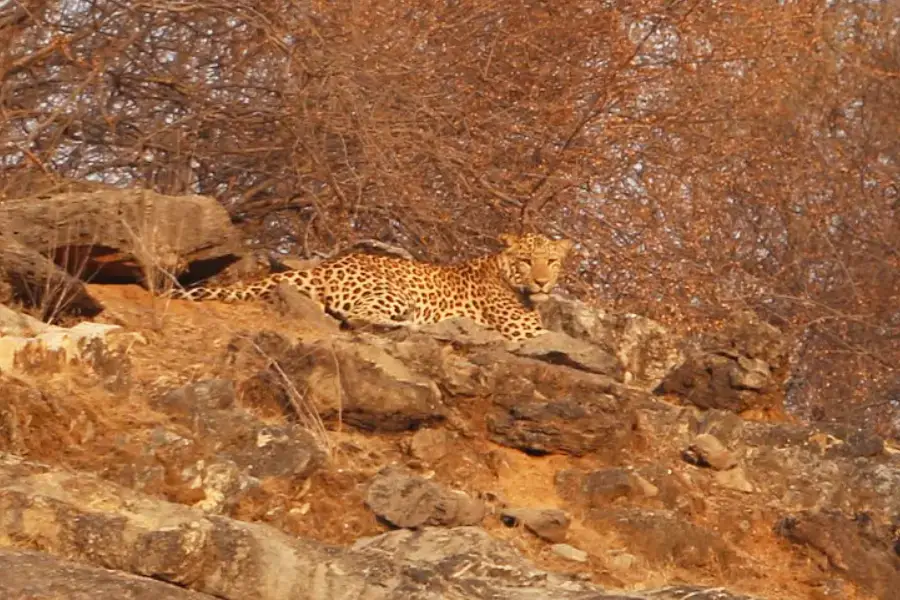
Sariska National Park offers a glimpse and an intriguing insight into the Wild-Lives of beings to visitors via Safaris, formally known as Sariska Jungle Safari.
This facility is mainly characterised by two types of Safaris, they are as follows;
From wild animal sightings to birdwatching, and from a close thrilling encounter with tigers and leopards to finding thyself being surrounded by a green flourishing realm, Sariska Jungle Safari is a way to go if in need for seeking euphoria.
Regardless of the mode of Safaris, they both have their own perks and offer visitors an adrenaline rush and a gush of thrill.
Both the Safaris are carried out by a special guide, a valid permit and comes with a certain set of rules and regulations, as well as having different time zones.
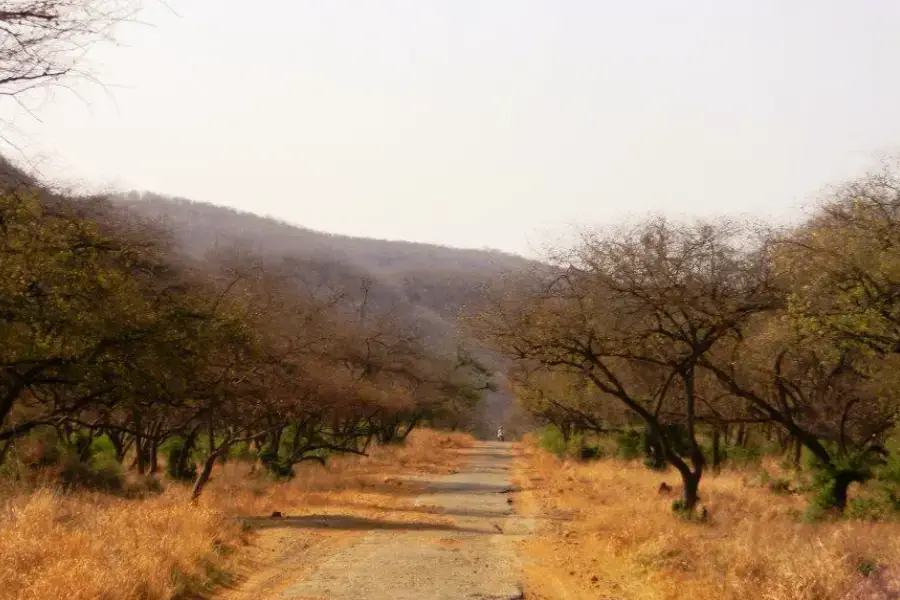
To experience the wildlife safari in Sariska tiger reserve, one must beware of the different timings. The timings of Safaris vary as the season changes:

Like many other national parks, Sariska National Park too does have zones divided for Jungle Safaris.
Although there aren’t any designated names of these zones but the zones are differentiated by two gates, which are Sariska Gate and Telha Gate.Furthermore, SariskaGate comprises of three zonesand, Telha gate includes a single zone.
So, Sariskajungle safari tour primarily has three zones for visitors to explore the wildlife.
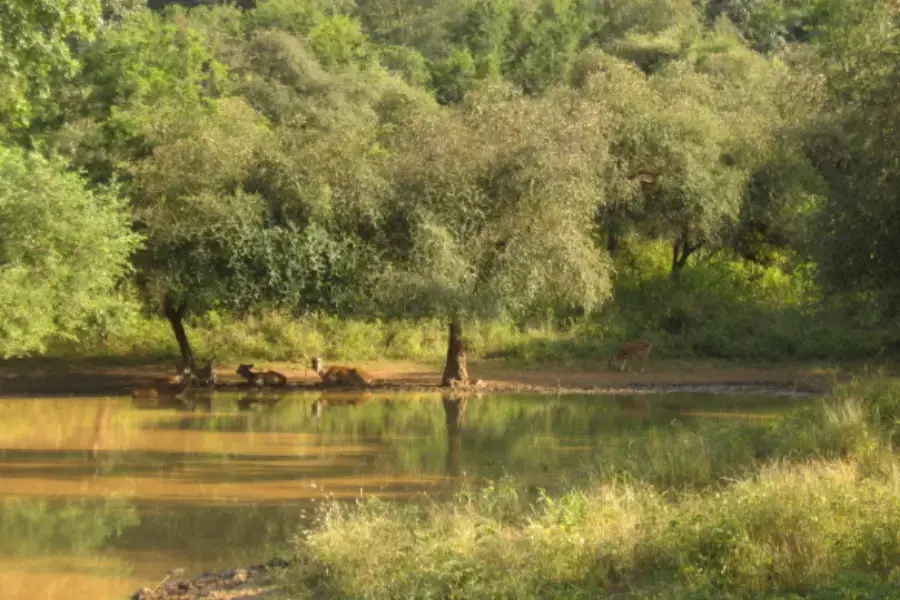
The Best Time to visit Sariska National Park would be from early winters to later summer, October to Junedue to a couple of reasons;
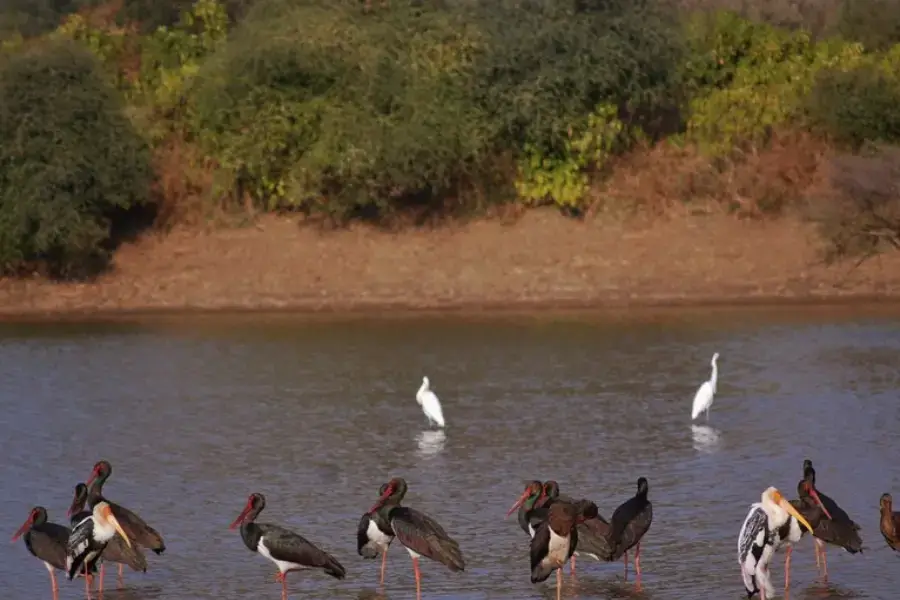
Apart from exploring the utterly beautiful wildlife of the park, one can also visit other attractions that Sariska National Park boasts.
Neelkanth Mahadev Temple: This pilgrimage setting is nestled amidst lush greenery, a majestic blend of royal architecture and spirituality. A major attraction for devotees as well as visitors.
Kankawani Fort: : It is an ancient fort that has intriguing history wrapped around it, fort being perched on an elevated hill serves striking vistas of the surroundings as well.
Siliserh Lake: A tranquil lake amidst hills and lushy forests, the serene ambiance is such a delight, making it ideal for meditation and relaxation.
Moosi Maharani ki Chhatri: A pristine cenotaph built out of red sandstone and in honour of Queen Moosi, history enthusiasts who find aspects like architectural marvel and the craftsmanship fascinating, will absolutely love it here.
Visit the following links to get more information on Rajasthan tourism.